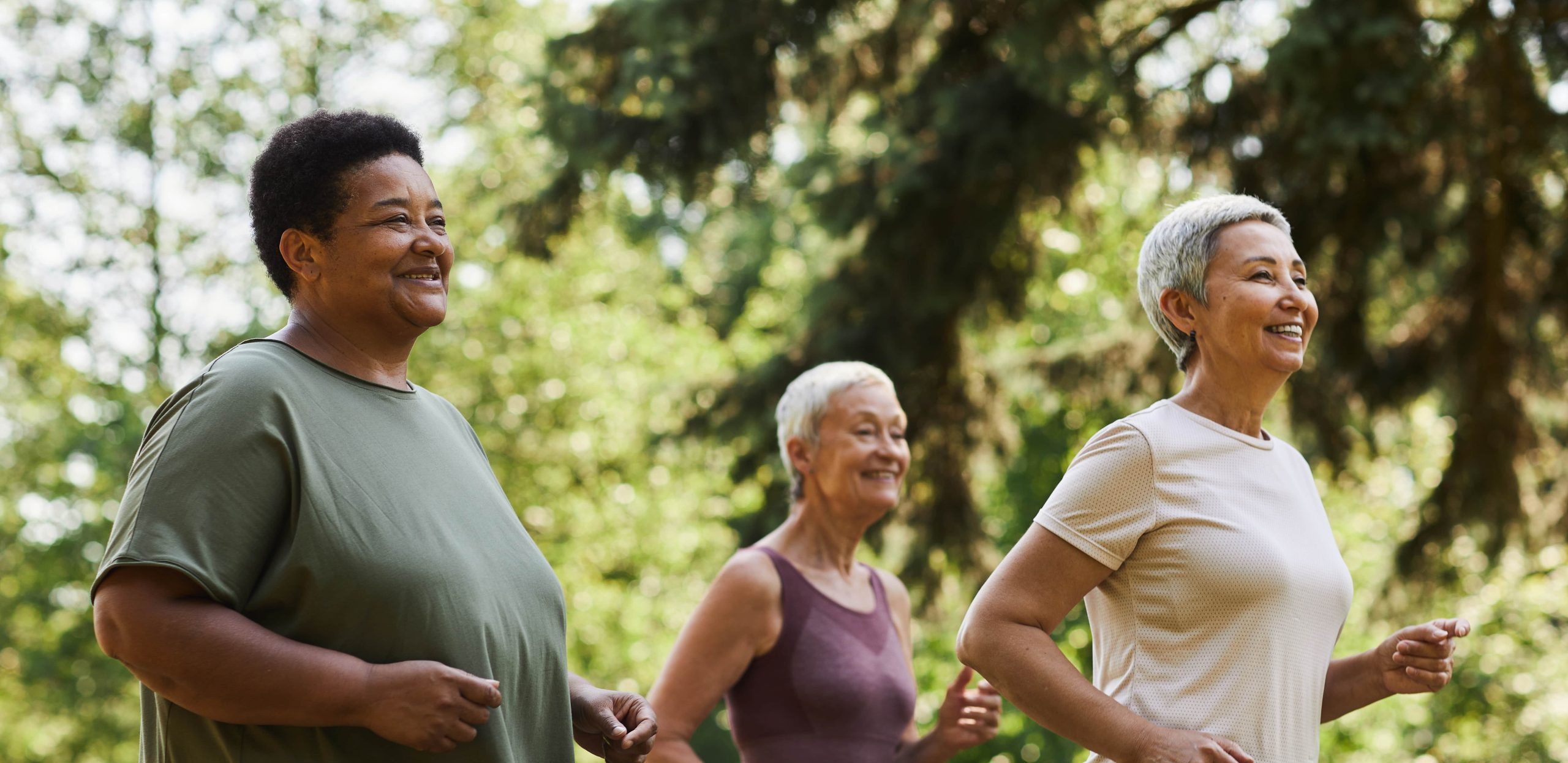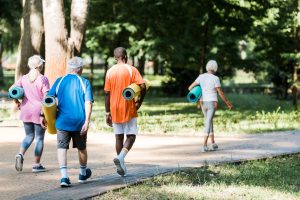Understanding and changing the “social climate” (i.e., the general feelings, attitudes, beliefs and opinions on a subject within a society) of a behaviour have been shown to affect physical activity within a population. Dr. Matthew Fagan, a post-doctoral researcher at the University of British Columbia, Dr. Leigh Vanderloo, Scientific Director at ParticipACTION, and other researchers recently published the findings from their study on whether the social climate surrounding physical activity in Canada changed in the last five years. They discovered both positive and negative shifts in the social climate of physical activity in Canada. For more insights into their findings, what they mean and why they’re important, we spoke with Dr. Fagan and Dr. Vanderloo.

1. Why did you conduct this study?

Dr. Fagan:
2. What findings stood out to you most and why?

Dr. Fagan:

Dr. Vanderloo:

3. How do your findings contribute to existing research on physical activity and social climate?

Dr. Fagan:
4. While your research shows that physical inactivity remains a serious public health issue and has even moved up in ranking over the past five years, why do you think fewer people reported serious concern surrounding physical inactivity in 2023 than in 2018?

Dr. Fagan:
5. Why do you think there was a decrease in how many people reported seeing others walking or wheeling in their neighbourhoods?

Dr. Fagan:

6. Why do you think there was a significant increase in how many people reported that those important to them are meeting national physical activity guidelines?

Dr. Fagan:
7. Why do you think there were no changes reported in individuals’ views of whether physical inactivity is due to individual vs. external factors? What’s the significance of this finding?

Dr. Fagan:

8. What recommendations can be drawn from your research?

Dr. Fagan:
9. What’s next? Any future directions or opportunities for future research or follow-up studies?

Dr. Fagan:
10. How does the social climate of physical activity relate to ParticipACTION’s work?

Dr. Vanderloo:

11. How will ParticipACTION use the findings of this study in future work?

Dr. Vanderloo:
12. What’s the main takeaway message you want people to know about physical activity and social climate?

Dr. Vanderloo:
To learn more about this study and its findings, click here.








